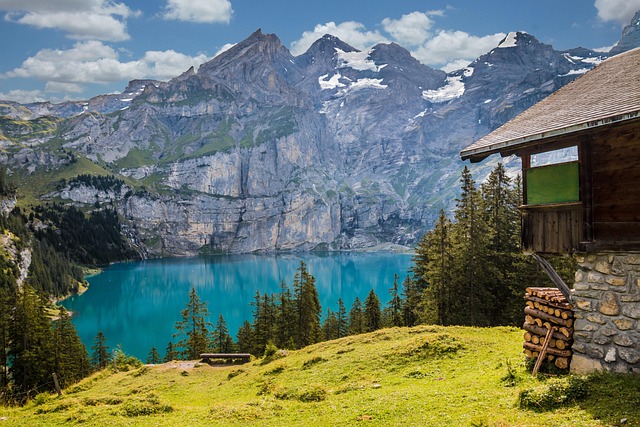Exploring the Hidden World: The Impact of Melting Subglacial Lakes on Climate Change
The Earth is a magnificent and intricate system, full of wonders and hidden mysteries. Among these wonders lie the subglacial lakes, which form beneath the thick ice sheets of Antarctica and Greenland. While they may seem like distant, uncharted realms, the fate of these lakes holds critical implications for our planet’s climate. As global temperatures rise, these hidden bodies of water are melting, releasing vast amounts of water into the ocean and altering our environment in ways we have yet to fully comprehend.
Subglacial lakes play a crucial role in regulating the movement of glaciers. As they fill and drain, they can influence the flow of ice above them, allowing glaciers to move more rapidly toward the coastline. This acceleration can lead to increased ice loss from ice sheets, contributing to rising sea levels. Every fraction of a degree in temperature can trigger drastic changes within these environments, making the study of subglacial lakes essential in understanding broader climate patterns.
The Fragile Ecosystem Beneath the Ice
Deep beneath the surface of the ice, subglacial lakes serve as unique ecosystems that have existed in isolation for thousands of years. Scientists have discovered microbial life forms thriving in these dark, cold waters, some of which have never been studied before. These resilient organisms provide insight into how life can adapt to extreme environments and offer a glimpse into potential extraterrestrial life in similar conditions on other planets.
However, with the ongoing effects of climate change, these ecosystems are under threat. The melting of the ice above not only affects the lakes and the life within them, but it also impacts the delicate balance of the entire environment. Increased freshwater input from melting subglacial lakes contributes to changes in ocean salinity and currents, which can have cascading effects on global weather patterns.
Rising Sea Levels and Climate Implications
The melting of subglacial lakes is but one piece of the larger puzzle of climate change. As they contribute to rising sea levels, we must consider the implications for coastal communities around the world. Homes, infrastructure, and ecosystems are increasingly at risk from flooding and erosion. The environmental toll is compounded by social and economic challenges, as millions may be displaced from their homes in the coming decades.
The urgency of addressing climate change cannot be overstated. Understanding the dynamics of subglacial lakes offers a unique window into the complexities of our planet’s climate system. It drives home the fact that the effects of warming temperatures are not linear; every change can unleash a series of reactions that could dramatically alter our world.
Moving Forward with Awareness
This hidden world beneath the ice reminds us of the interconnectedness of our planet’s systems. As we face the reality of climate change, the lessons from subglacial lakes are clear: we must prioritize environmental research and advocacy. Awareness and action are fundamental as we navigate this critical juncture in our planet’s history. The fate of stunning subglacial ecosystems can serve as a powerful call to arms for future generations. We have the responsibility to not only understand these changes but to act in ways that can mitigate their impacts, ensuring a sustainable and healthy planet for all forms of life.



